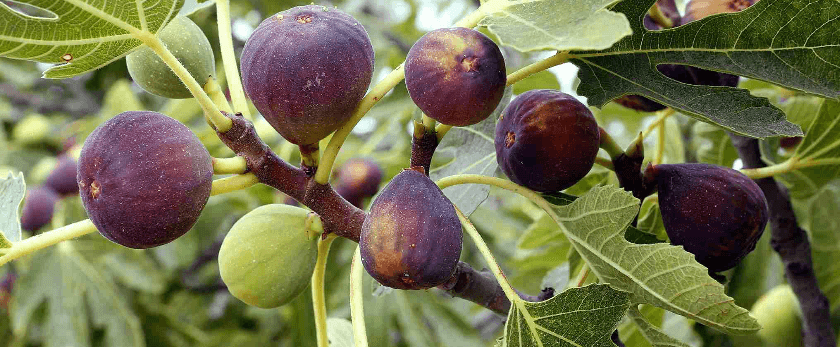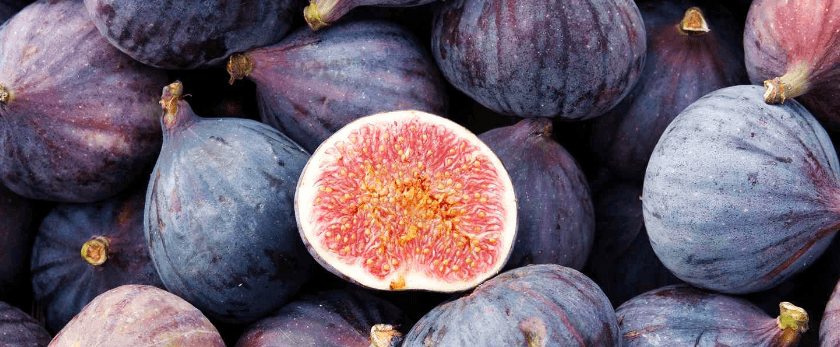Are you looking for a delicious and sustainable addition to your garden? Look no further than figs! These sweet and juicy fruits are not only a tasty treat, but they also have a low environmental impact and can be grown in a variety of climates. In this article, we will discuss how to care for figs, the best time to grow them, and common problems you may encounter. So let's get started and learn how to grow figs!
How to Care for Fig Trees
Watering
Figs are drought-tolerant plants, meaning they can survive with minimal watering. However, for optimal growth and fruit production, it is recommended to water your fig tree once a week during the growing season. This will help keep the soil moist but not waterlogged. During the winter months, reduce watering to once every two weeks.
Light
Figs thrive in full sun, so make sure to plant them in a spot that receives at least 6-8 hours of sunlight per day. If you live in a hot climate, consider providing some afternoon shade to prevent the leaves from burning.
Soil
Figs prefer well-draining soil with a pH level between 6.0-6.5. If your soil is too acidic, you can add lime to raise the pH level. If it is too alkaline, you can add sulfur to lower the pH level. Figs can also grow in poor soil conditions, but they will produce fewer fruits.
Fertilizer
Figs do not require much fertilizer, but a balanced fertilizer can help promote growth and fruit production. Apply a slow-release fertilizer in the spring and again in the summer. Avoid fertilizing in the fall, as this can stimulate new growth that may not have time to harden off before winter.
Pruning
Pruning is essential for fig trees to maintain their shape and promote fruit production. Prune your fig tree in late winter or early spring before new growth appears. Remove any dead, damaged, or crossing branches. You can also prune to shape the tree and encourage more fruiting branches.

What is the Best Time to Grow Figs?
The best time to grow figs depends on your climate. In warmer climates, figs can be grown year-round. In colder climates, figs can be grown in containers and brought indoors during the winter months. If you live in a climate with freezing temperatures, it is best to plant figs in the spring after the last frost.
Common Problems with Figs
Pests
Figs are relatively pest-free, but they can be susceptible to fig beetles, scale insects, and mealybugs. These pests can be controlled with insecticidal soap or neem oil. It is also helpful to attract natural predators, such as ladybugs and lacewings, to your garden.
Diseases
Figs can be affected by fungal diseases such as rust, leaf spot, and anthracnose. These diseases can be prevented by providing good air circulation and avoiding overhead watering. If your fig tree does become infected, remove and destroy any affected leaves or branches.
Birds
Birds love figs, and they can quickly devour your harvest. To protect your figs, cover the tree with netting or use scare tactics such as reflective tape or fake predators.
Conclusion
Growing figs is a rewarding and sustainable addition to any garden. By following these care tips and being aware of common problems, you can enjoy a bountiful harvest of delicious and eco-friendly fruit. So why not give figs a try and add them to your garden today? Your taste buds and the planet will thank you!










